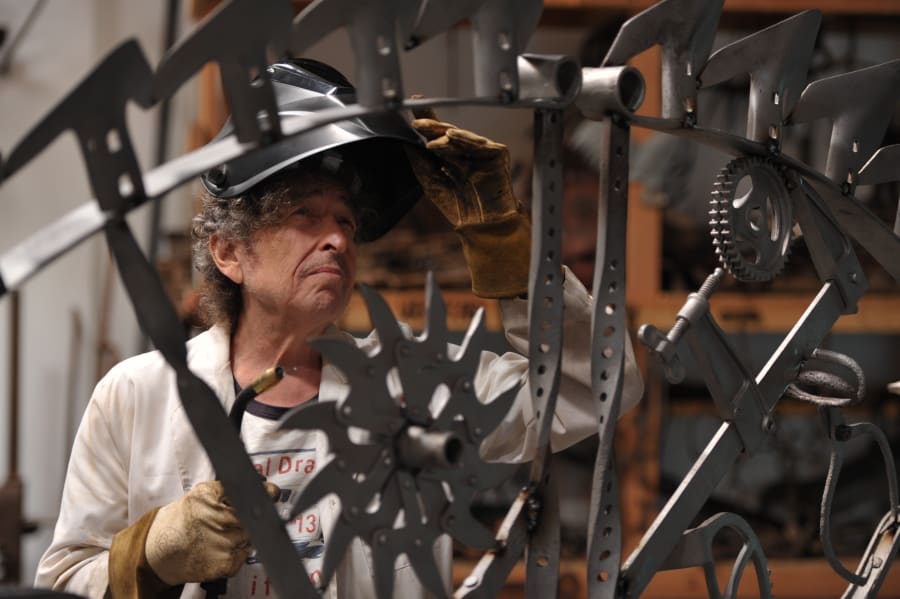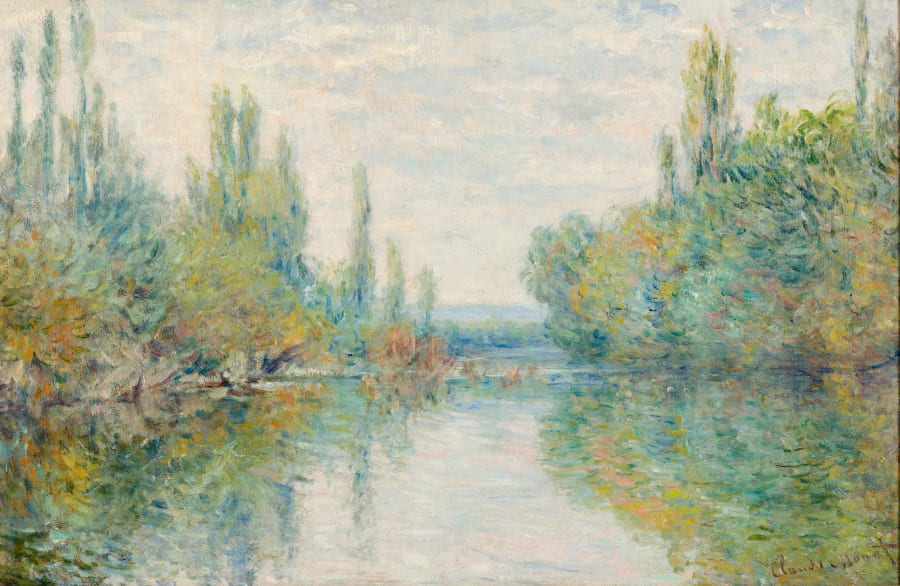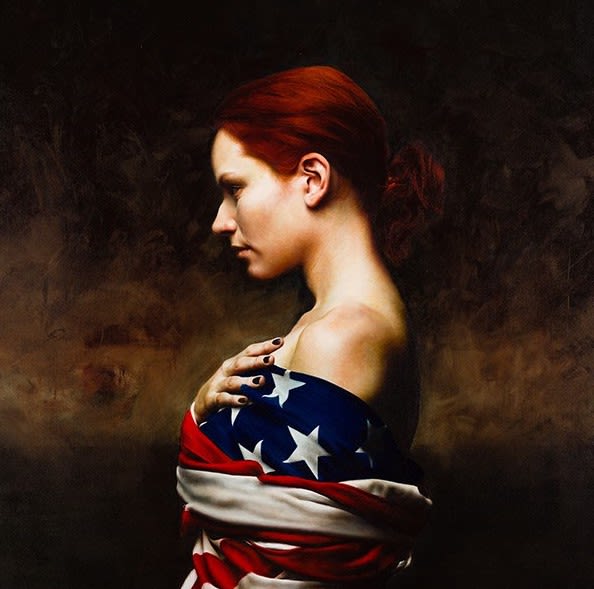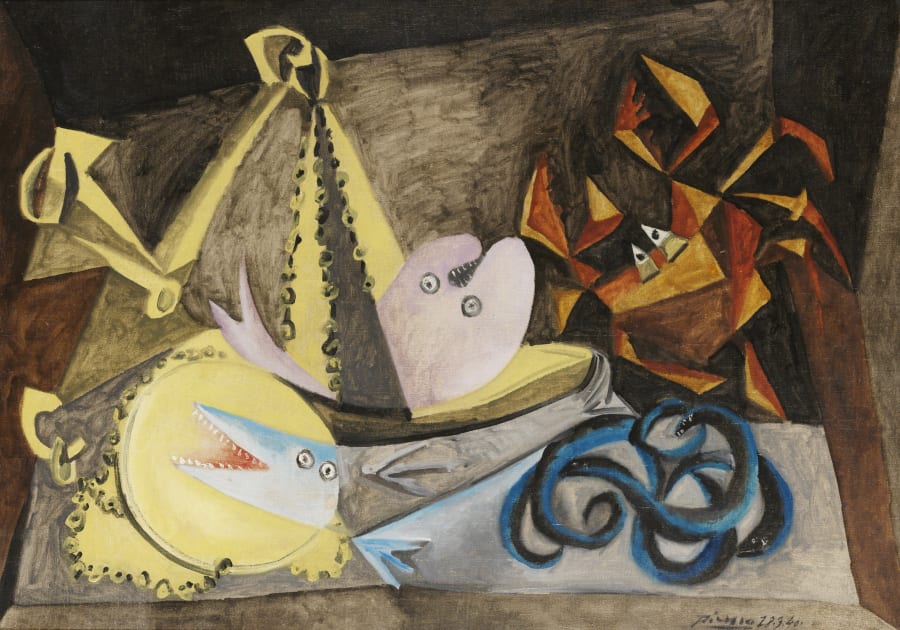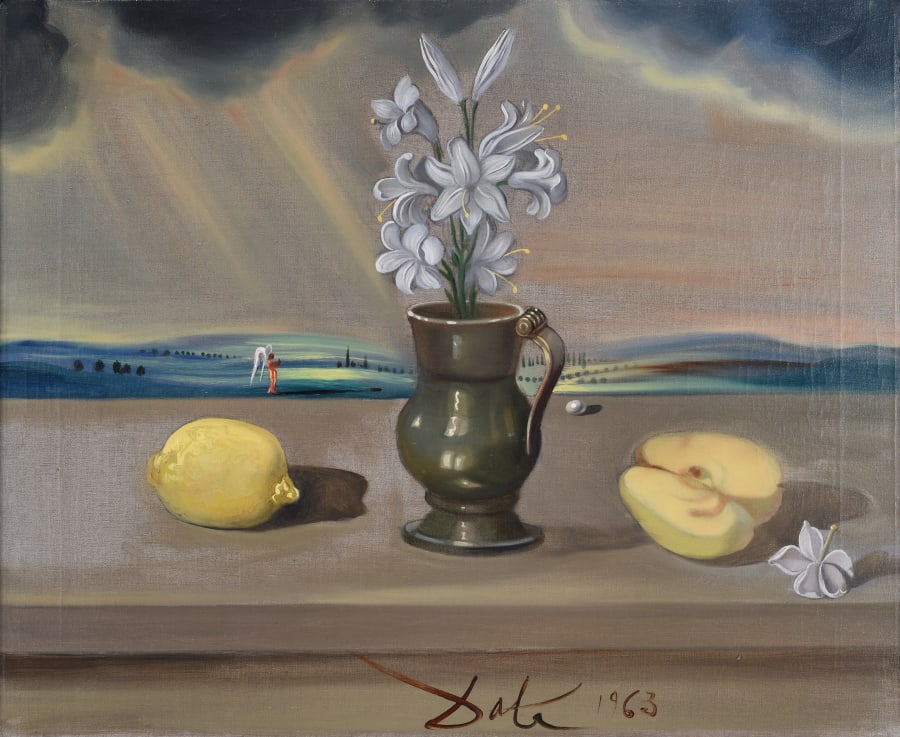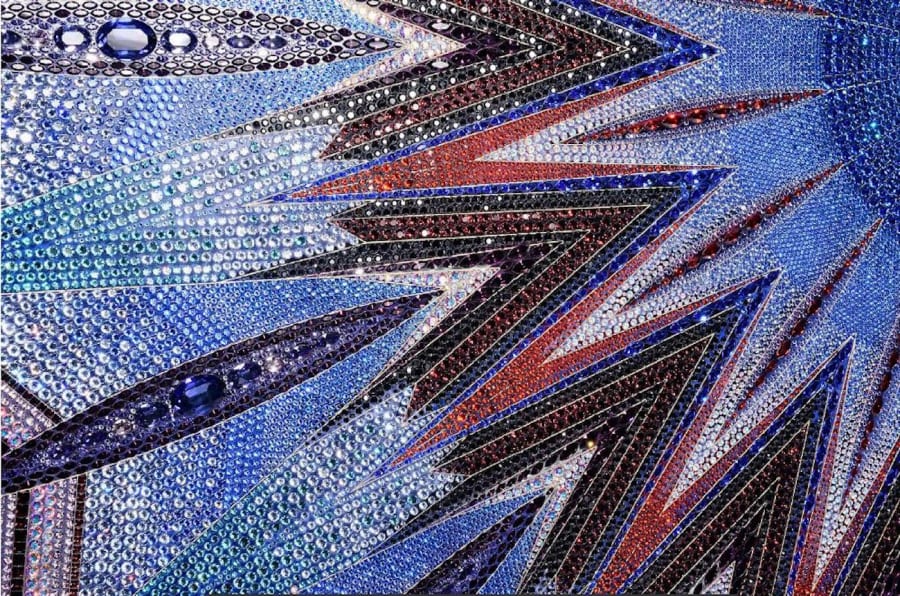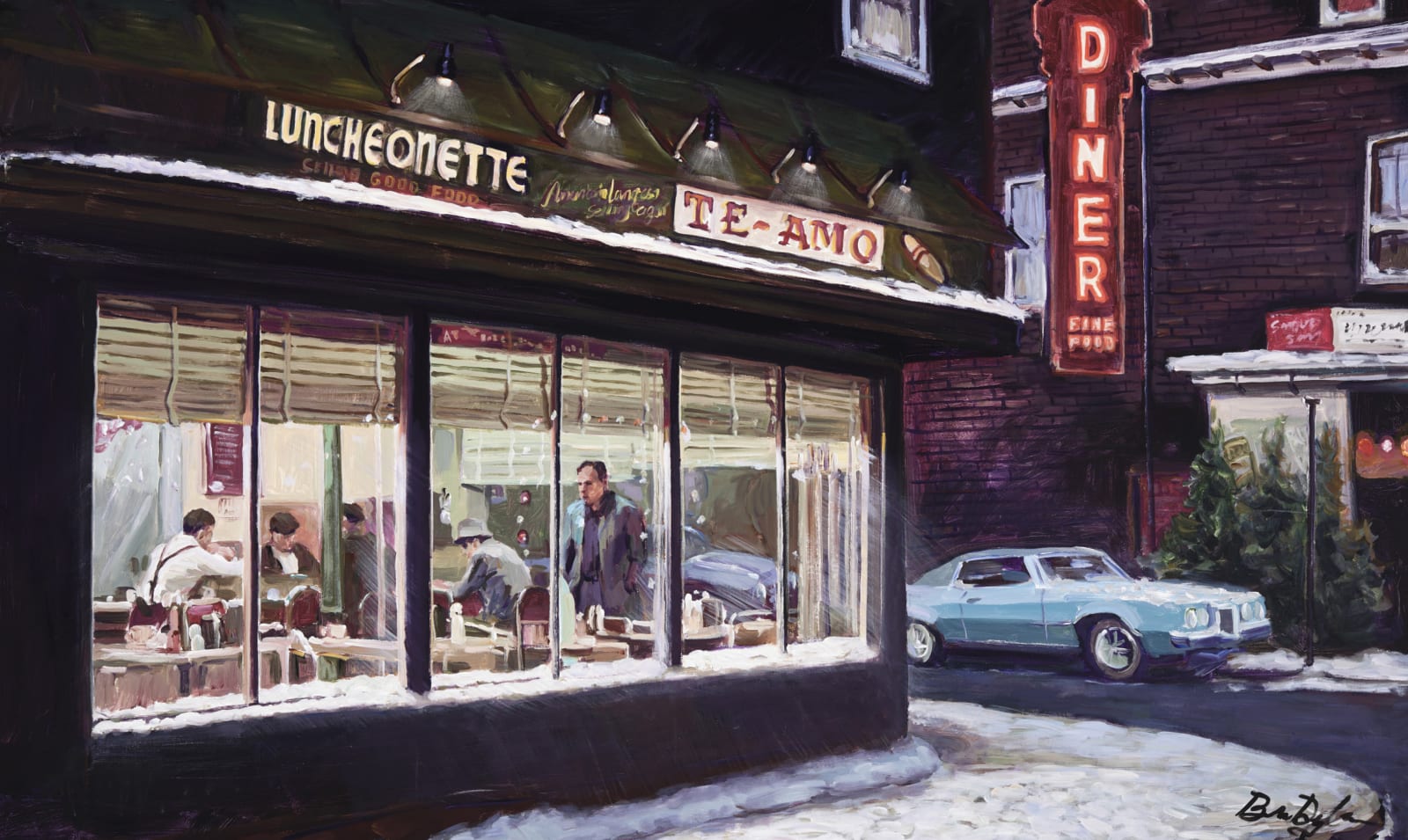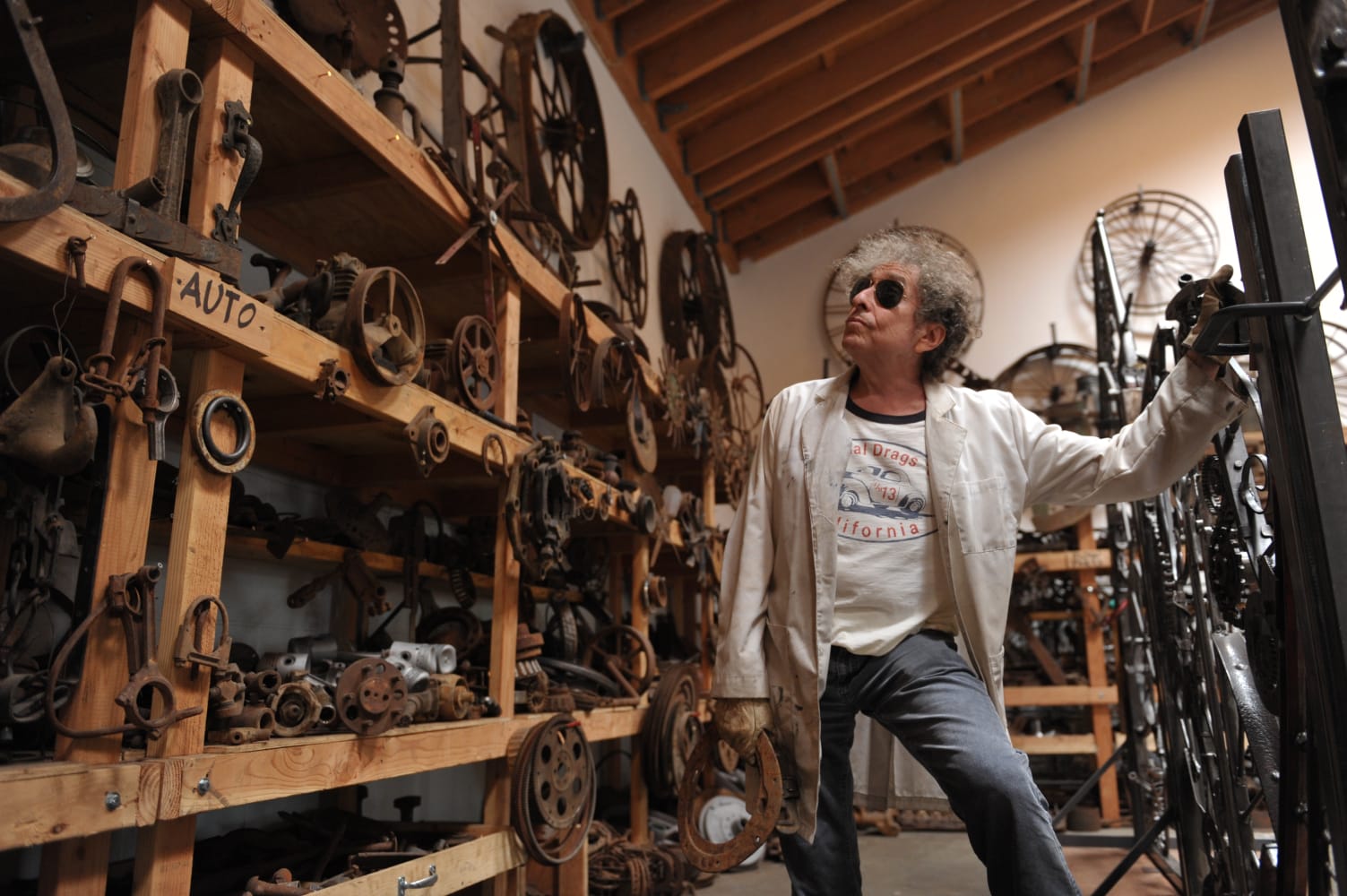Salvador Dalí
Spanish, 1904–1989
Spanish painter, printmaker and sculptor Salvador Dalí was a leading figure in Surrealism in the 1930s. Best known for his images of melting watches in a dream world of sunlit landscapes, he produced over 1,500 paintings and a total of more than 4,000 works of art, including sculptures, drawings, engravings, holograms, photographs and jewellery. Renowned for his surreal acts and flamboyant self-publicity, he wrote, ‘At the age of six I wanted to be a cook. At seven I wanted to be Napoleon. And my ambition has been growing steadily ever since.’
Salvador Felipe Jacinto Dalí y Domènech was born on 11 May 1904 in Figueres, Catalonia, to the notary Salvador Dalí Cusí and his wife Felipa Domènech Ferrés. His first painting, a landscape, dates from 1910. In that year he was enrolled at the Hispano-French School in Figueres. Here he started to learn French, which became his language of artistic expression. Through friendship with the painter Ramon Pichot Gironès he came into contact with contemporary painting, in particular Impressionism. Moving on to secondary school in 1916, he also took classes with Juan Núñez Fernández at Figueres’ Municipal Drawing School, showing his works in a group exhibition in 1919.
In 1921 Dalí went to Madrid to study at the San Fernando Academy of Fine Arts, where he had a chequered career, being suspended for a year for insubordination and finally being expelled in 1926 for declaring his teachers incompetent to judge his work. However, while there he formed important friendships with arts students including filmmaker Luis Buñuel and poet Federico García Lorca, and took part in several exhibitions.
Dalí’s paintings from this period show him experimenting with Cubism and Dada, but also looking back to the meticulous detail of nineteenth-century genre painting and earlier masters. From 1929, his Surrealist style predominated, and he was officially welcomed into the Surrealist group in Montparnasse led by André Breton. Inspired by Sigmund Freud’s theories on the subconscious and the meaning of dreams, he devised a ‘paranoiac-critical method’ to create self-induced psychosis that enabled him to perceive multiple images and interpretations from a single set of shapes. The Persistence of Memory, painted by Dalí in 1931 and featuring three melting watches in a landscape, remains one of the most celebrated Surrealist works. With its marriage of the weird and the normal, its confusion of soft and hard, it exemplifies his ‘hand-painted dream photographs’, as he called these canvases.
In 1929 Dalí mounted a successful solo exhibition at the Galerie Camille Geomans in Paris, made the first Surrealist film – Un Chien Andalou – with Buñuel and met his future wife. Gala, born Elena Ivanovna Diakonova, was married to the poet Paul Éluard at the time but began a relationship with Dalí which would endure until her death in 1982. As war approached, Dalí clashed with the predominantly left-wing Surrealists, claiming that Surrealism could exist in an apolitical context and refusing to denounce fascism unambiguously. He was almost expelled from the group during a ‘trial’ in 1934 and finally ejected in 1939. He did, however, exhibit works in international Surrealist exhibitions throughout the decade and publish Surrealist literature such as La Conquête de l’irrationnel (The Conquest of the Irrational, 1935).
As war spread across Europe, Dalí left for the United States, where he lived from 1940 until 1948. The Museum of Modern Art in New York hosted his first major retrospective exhibition in 1941, a show that toured eight American cities the following year. Financially successful, he launched into new areas of work, including jewellery design, a collaboration with the photographer Philippe Halsman, and set and costume design for the ballet. In 1942 his first autobiography, The Secret Life of Salvador Dalí, was published, and in 1944 his first novel. Moving into film, in Hollywood he constructed a dream sequence for Alfred Hitchcock’s film Spellbound (1945), and he worked with Walt Disney on the animated cartoon Destino. Dalí also illustrated various works of literature, including William Shakespeare’s Macbeth and Miguel de Cervantes’ Don Quixote.
The horror of the United States’ bombing of Hiroshima propelled Dalí into a new phase of expression. ‘The atomic explosion of 6 August 1945 shook me seismically’, he later wrote. ‘Thenceforth, the atom was my favourite food for thought.’ Physics, and especially Albert Einstein’s theory of relativity, had always fascinated him. Now the discontinuity of matter demonstrated by nuclear physics led him to write the Mystical Manifesto (1951) and, in his painting, to synthesise scientific and geometric concepts with erotic and religious imagery. Leda Atomica (1947), a portrait of Gala as the mythological queen of Sparta, is constructed on a strict mathematical framework and includes the formula of a pentagon at the lower right. Visually, it suggests levitation, with the figure hovering above a pedestal, the pedestal above the ground and the water above the shore. Similarly, in the Madonna of Port Lligat (1949) each part of the image is separated and suspended apparently by the repulsion of protons and electrons.
In 1948 Dalí returned to Spain, living mainly at Port Lligat in Catalonia, near his birthplace. As well as painting, in these later years he experimented with a range of media, explored optical illusion and was one of the first artists to use holography. Aiming for three-dimensional imagery within the two dimensions of canvas, he worked at conveying plasticity and space. On a mystical level, he aspired to reach the fourth dimension – immortality. Book illustration continued, with 102 watercolours for Dante Alighieri’s Commedia and 100 for the Bible, alongside commercial advertising for such companies as Perrier and Lanvin. Meanwhile he published more of his own writing, including Diary of a Genius (1964), Les Passions selon Dalí (Passions according to Dalí, 1968) and Las Metamorfosis Eròticas (Erotic Metamorphosis, 1969). The other principal focus of his energies between 1961 and 1974 was the development of the Teatre-Museu Dalí in his home town of Figueres. Major Dalí retrospectives were held in many countries, including Japan, America, Germany and France, from the mid 1960s onwards.
In 1980, Dalí’s health began to fail, and after the death of his wife in 1982 he spent much of his time in seclusion, dying on 23 January 1989. Further museums set up in his honour include the Salvador Dalí Museum in St Petersburg, Florida (1982), and London’s Dalí Universe (2000).

